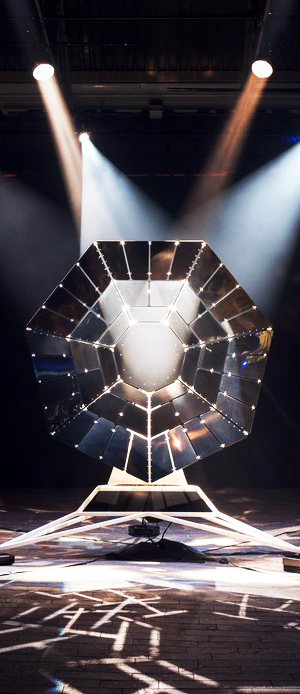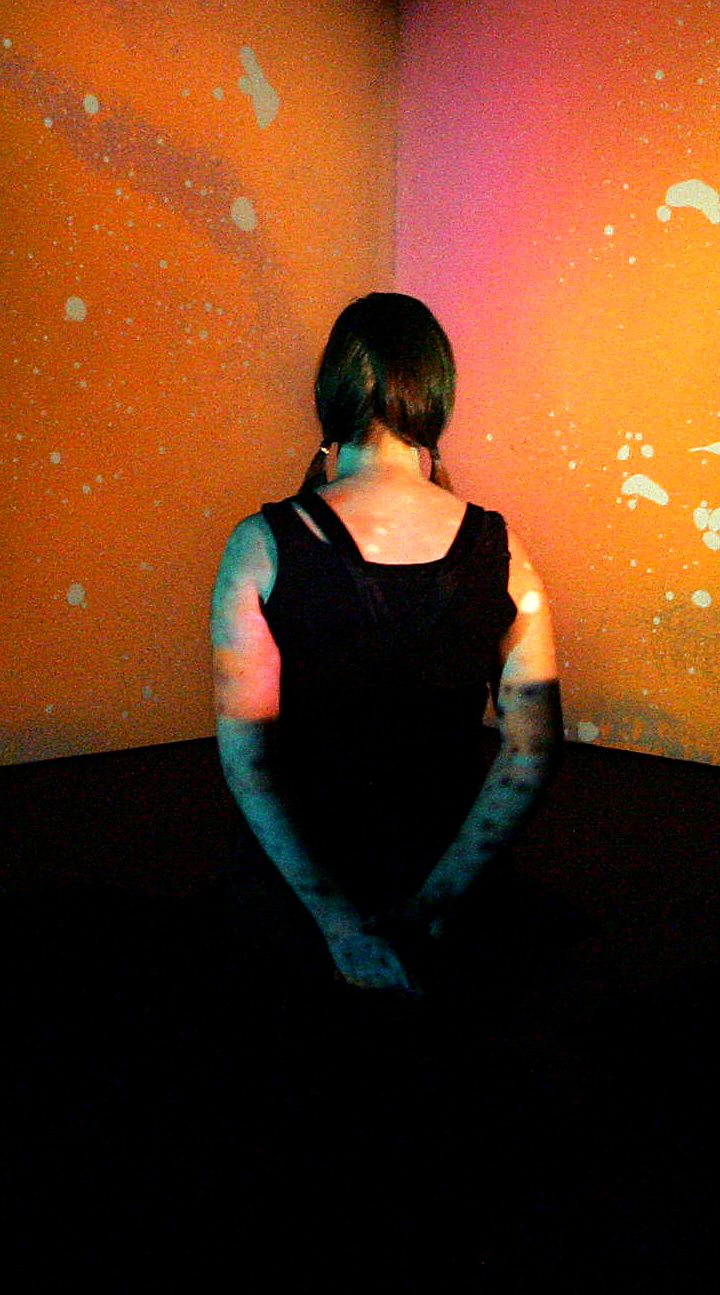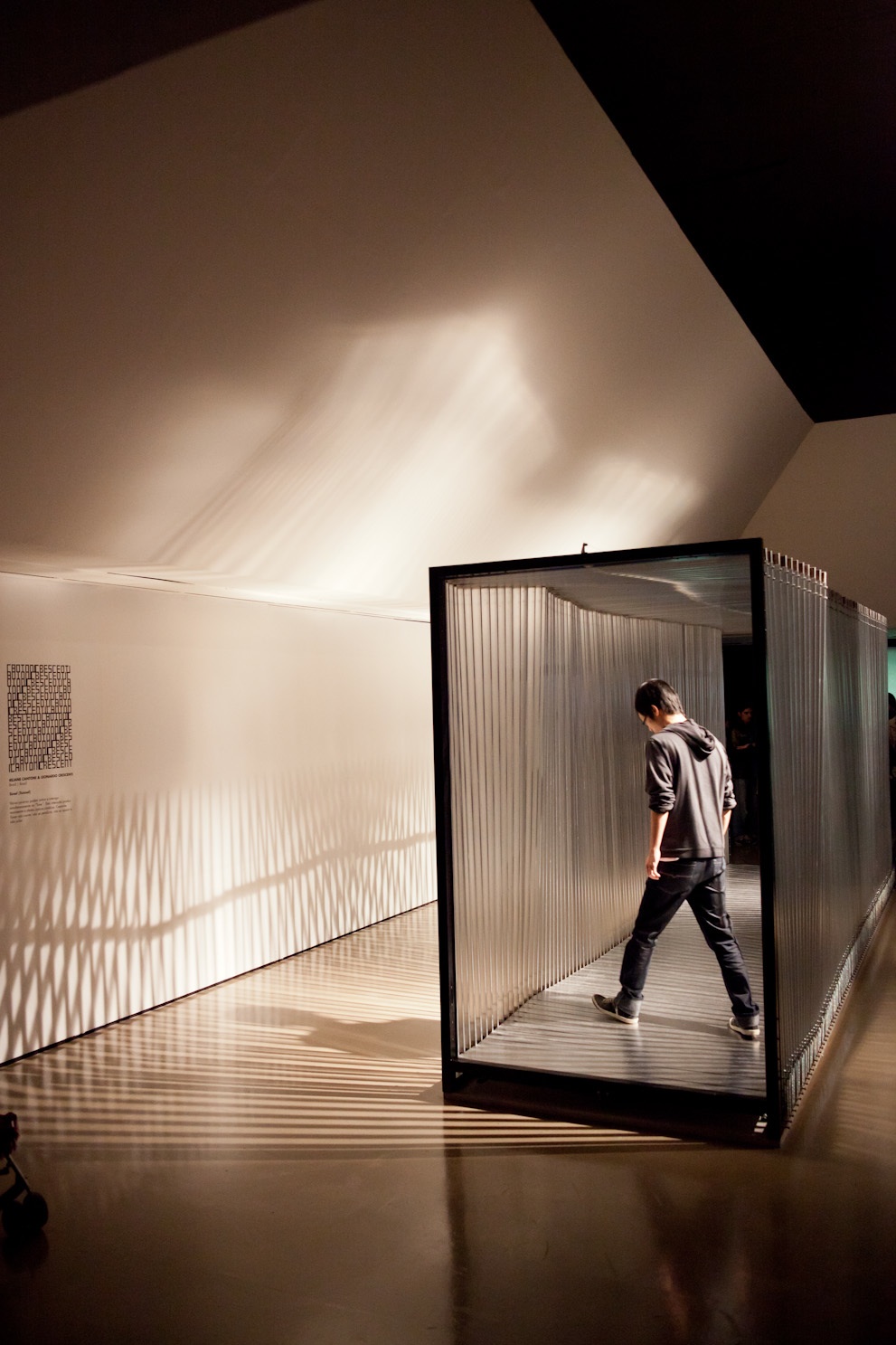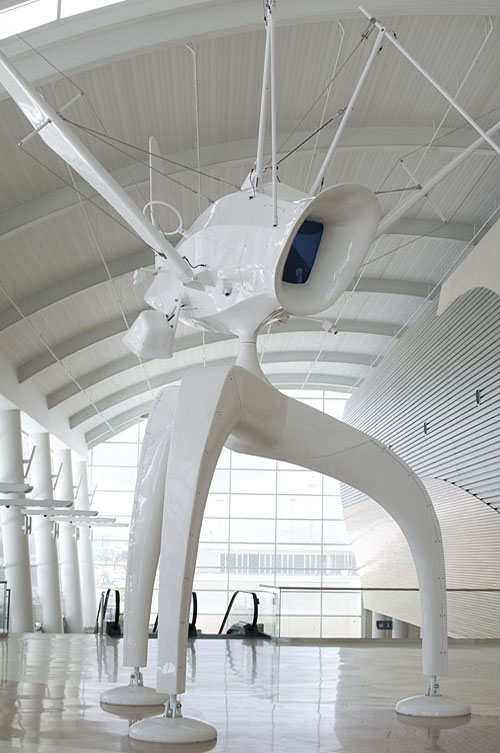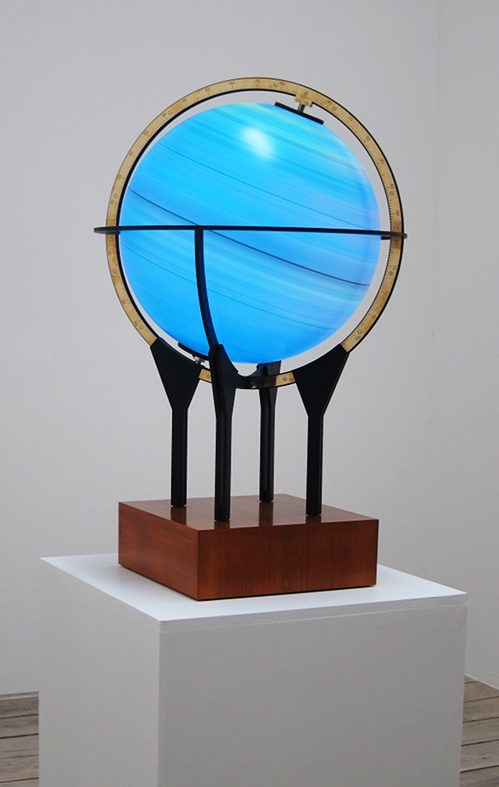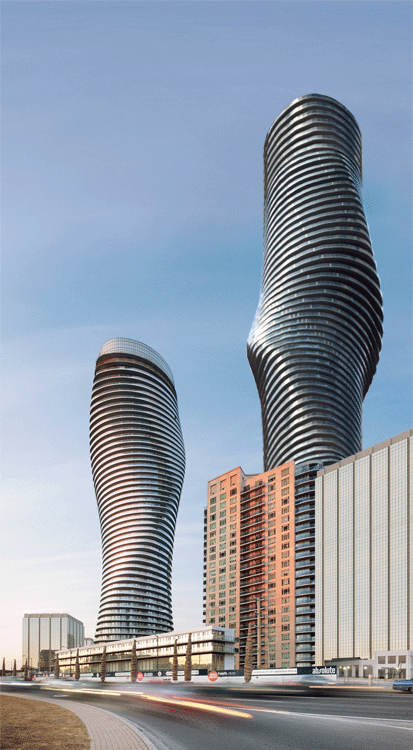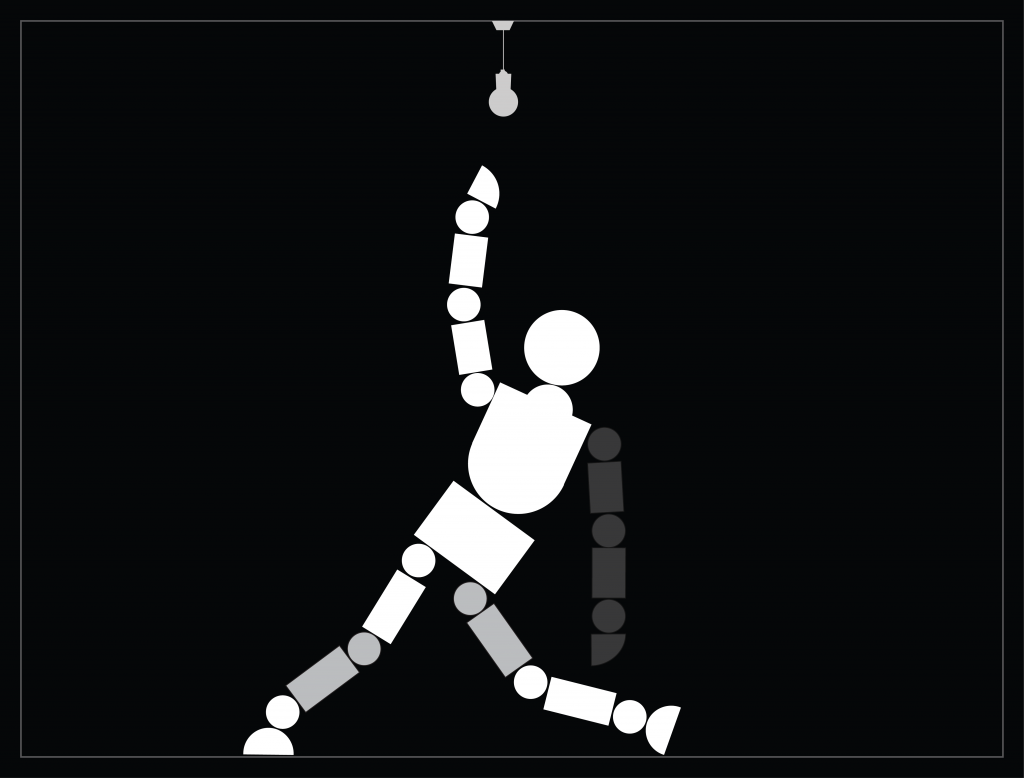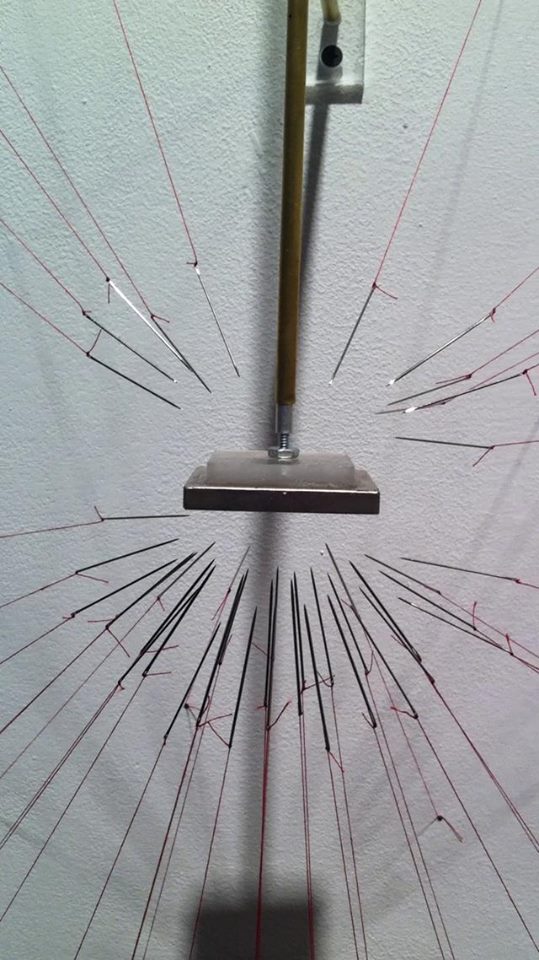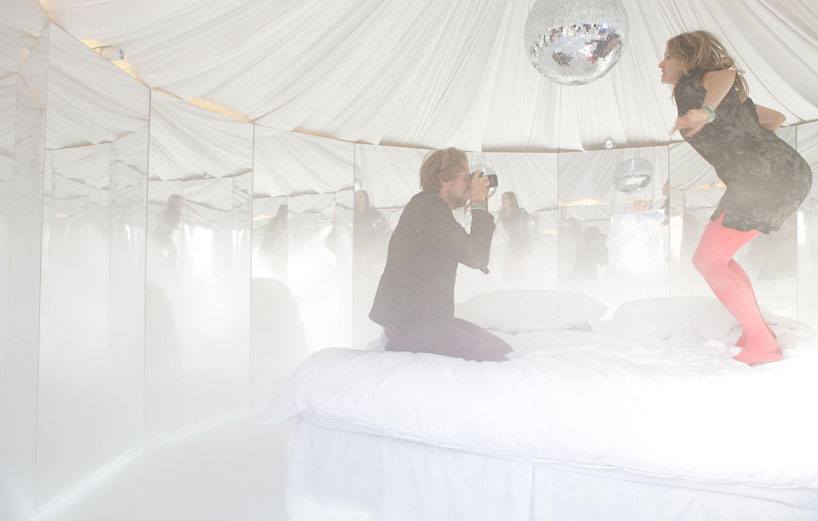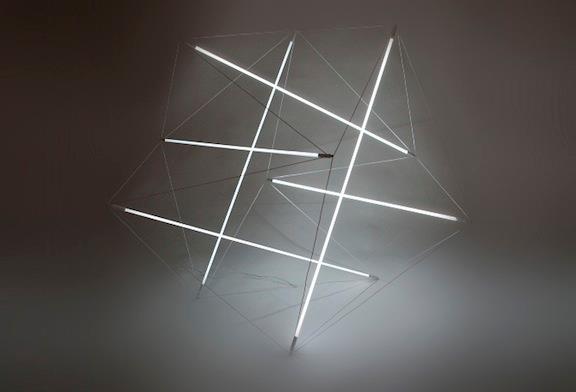
Breakfast
Portraits in Black and Silver
Portraits in Black and Silver is an interactive kinetic artwork that uses BREAKFAST’s custom-engineered Flip-Disc medium. This computer-controlled installation invites you to become a part of its history. As you engage with the piece, it will record a brief clip of your interaction and play it back at a later time, cycling through all of the portraits captured. Flip-Discs are small dime-size circles that can rotate 60 times per second using electromagnets, creating abstract images of black and silver portraits. The artwork challenges your perception of what art can be and pushes the boundaries of traditional mediums.




